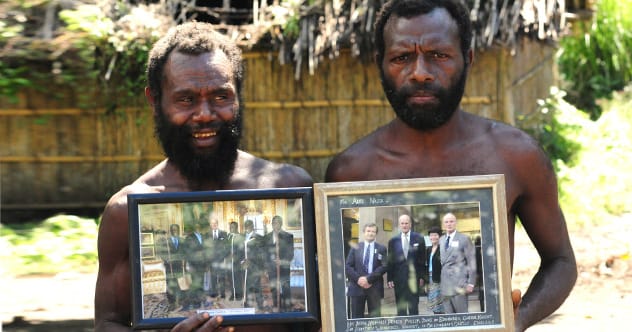Becoming a god usually seems like a job for, well, gods. You might think it involves creating universes or performing grand miracles. But sometimes, history throws a curveball, and ordinary people find themselves at the center of worship. From scholars to soldiers, the path to godhood can be surprisingly varied and often unintentional. Get ready to explore ten fascinating stories of real people who were mistaken for gods, proving that deity status can sometimes be an accident of fate, fear, or even fervent admiration.
10. The Disgraced Scholar Who Became A Shinto Deity
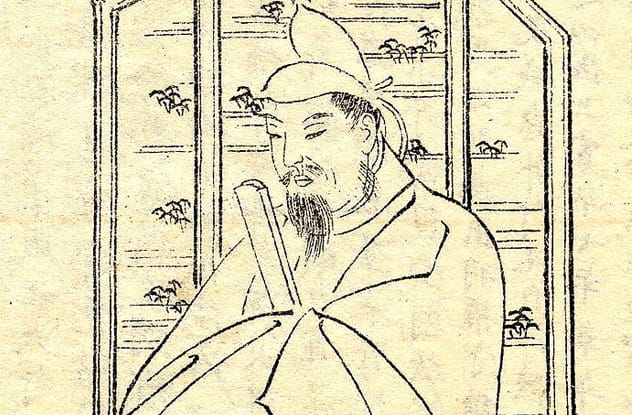
Sugawara no Michizane was a big deal in late ninth-century Japan. A brilliant scholar of Chinese literature, he climbed the ranks to a top government position. He likely hoped to be remembered, but probably not quite like this.
In 901, a court scandal led to Michizane being falsely accused of plotting against the emperor. He was exiled to a faraway province and died in disgrace two years later. That should have been the end of his story.
However, soon after his death, a series of terrible accidents struck the Kyoto court. As these events became more deadly, people whispered that Michizane’s angry spirit had returned for revenge. Frightened, the court pardoned him and restored his family’s honor. They also deified him as tenjin, the patron god of literature and calligraphy. Amazingly, the accidents stopped, and Michizane became a respected figure in the Shinto pantheon.
9. The Unknown GI Who Inspired A Cult
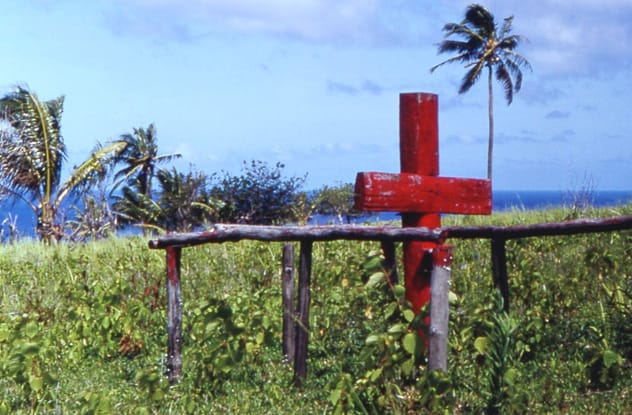
John Frum – if that was even his real name – is perhaps one of the most celebrated GIs, but not for bravery or combat skills. His claim to fame? Delivering cargo to the remote island of Tanna during World War II.
As American and Japanese forces spread across the Pacific, islands like Tanna saw an influx of soldiers, machines, and supplies. To the local tribes, these goods, brought by strangely dressed men, seemed to fall from the sky, like gifts from the gods. This led to the rise of “cargo cults,” and the cult of John Frum is one of the most enduring.
It’s believed Frum was simply a soldier who delivered a large shipment or showed kindness to the islanders. But to his followers, he’s a divine figure who will one day return with gifts like Coca-Cola and bring prosperity and freedom to the people of Tanna.
8. The Martyred Revolutionary

Life in the 19th-century Philippines was tough under Spanish rule. Speaking out for self-governance often meant a death sentence. This was the world of Jose Rizal, a passionate patriot.
Rizal used his novels and poems to explore Filipino identity and criticize Spanish colonial rule, which he described as a “social cancer.” Though he advocated for peaceful reform, the Spanish authorities weren’t interested in nuances. In 1896, Rizal was executed by a firing squad. His death ignited the Filipino revolution and, unexpectedly, a new cult.
Followers, known as Rizalistas, believe the man executed was a “spiritual transfiguration.” They say the real Rizal is alive, living in Mount Makiling’s forest, as a physical form of the Holy Spirit. While the cult’s numbers have declined, it once had over 100,000 members.
7. The Colonialist Evil God
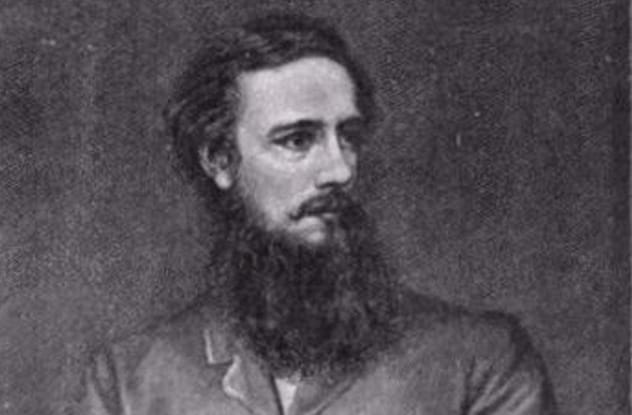
John Nicholson, a district commander in Rawalpindi (now Pakistan) during British rule, was infamous for his cruelty and racism. He once reportedly decapitated a local thief and kept the head on his desk. He also beat a boy to death for simply walking in front of him and ordered the execution of hundreds of Indians without trial.
Nicholson had a messianic streak, believing it was his divine mission to oppress Indians and Afghans. His extreme actions led some of his victims to believe he was an incarnation of the Hindu god Vishnu. By age 30, he had his own sect, the “Nikal Seyn,” who worshipped him as he traveled.
Even his followers weren’t spared his harshness; he would publicly whip any who failed to remain silent in his presence. Though Nicholson died in 1857, his cult may have persisted for some time after.
6. The Chinese Generals Deified By A Book
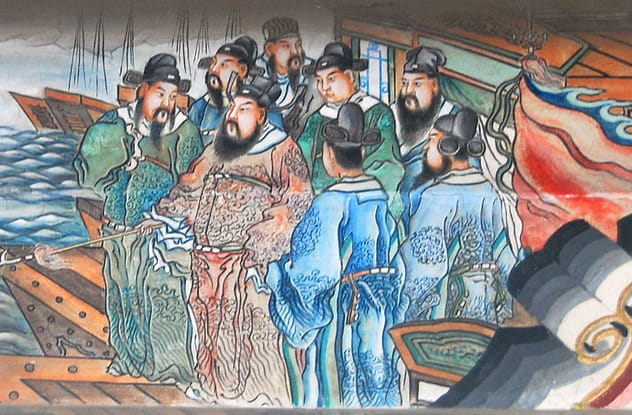
In the 14th century, Luo Guanzhong wrote The Romance of the Three Kingdoms, a classic of Chinese literature with over a thousand characters. Two figures from this epic, Guan Yu and Cao Cao, both based on real historical generals, achieved god-like status, largely thanks to the book.
Legends about the real Guan Yu’s prowess had circulated since his death. The novel amplified these tales, and in 1594, a Ming Dynasty emperor officially canonized him as the god of war. This led to the construction of thousands of temples in his honor.
Cao Cao had a different fate. Portrayed in the novel as a cunning and unscrupulous villain, he became a major figure in Chinese folklore, associated with black magic. Today, he’s often seen as a type of Boogeyman or evil spirit, a stark contrast to Guan Yu’s divine elevation.
5. The Autocrat Saint

When Hugo Chavez, the former president of Venezuela, died, the nation mourned deeply. An official shrine was established in his memory. Reports even surfaced that his face had mysteriously appeared on a subway wall months after his death.
His successor, Nicolas Maduro, quickly portrayed himself as Chavez’s earthly representative. Maduro claimed Chavez watched over him from mountains and visited him in dreams, sometimes as a tiny bird offering wisdom. The ruling party even rewrote the Lord’s Prayer to begin “Our Chavez, who art in Heaven.”
Many observers see this deification as a political move to leverage Chavez’s memory for the Socialist party. Nevertheless, it seems to be effective, with numerous supporters genuinely believing Chavez’s spirit watches over them from a place beside Christ.
4. The Egyptian Doctor Who Became One With Christ
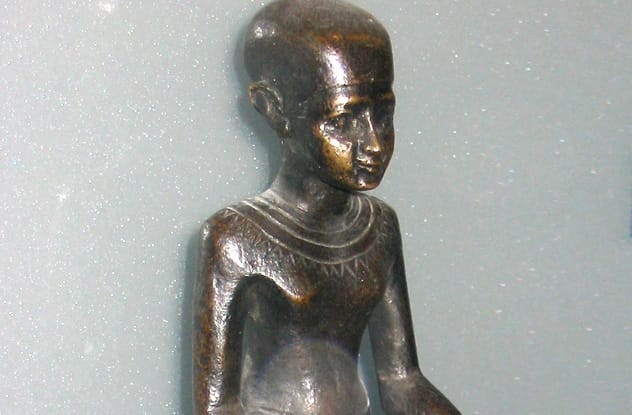
Imhotep was a renowned doctor and architect in ancient Egypt. He was so respected that he was initially venerated as the patron saint of scribes. Over time, his cult grew, and he was eventually fully deified, joining the Egyptian pantheon of gods. But his worship didn’t stop with the Egyptians; Greeks and early Christians also revered him.
To the Greeks, Imhotep was seen as another form of Asclepius, their god of medicine and healing. They built temples to him, many becoming healing centers. Early Christians took it a step further, sometimes conflating Imhotep with Christ himself.
Because early Christianity was open to various influences, it’s thought the Church absorbed this belief temporarily. Some even suggest Imhotep’s legacy contributed to the tradition of depicting black Madonnas in European art.
3. The Worshiped First Lady
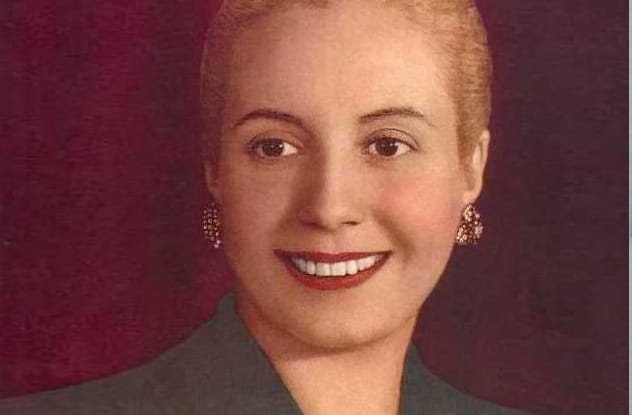
Eva Peron, Argentina’s first lady during her husband’s populist presidency, was lovingly called “the mother of Argentina.” She even received the official title “Spiritual Leader of the Nation,” a title she technically still holds. Her dedication to charity and workers’ rights led to her being virtually worshiped. When she died from cancer at just 33, this worship intensified.
A week after her death, a major Argentine union petitioned the Vatican for Evita’s beatification. Across the country, families set up shrines in her memory. Some people reported that their deceased first lady was performing miracles.
Decades later, despite military juntas trying to suppress Peronism, the Evita cult remained strong, especially in Buenos Aires’ slums. Even today, shrines to her memory are common, a testament to her role as “the uncanonized saint of the poor.”
2. The President Who Became A Shinto Deity
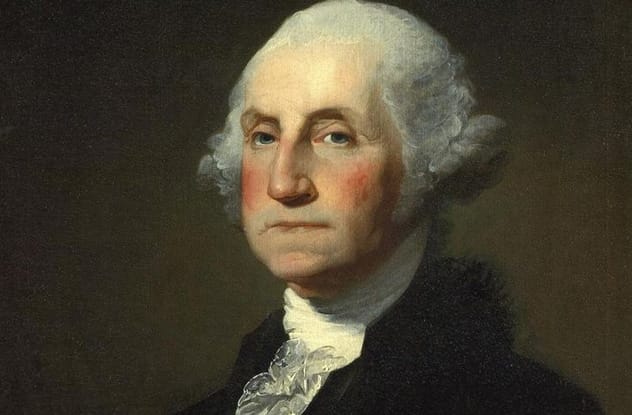
It might not be a shock that George Washington is revered almost like a demigod in America. What’s truly surprising is that he’s literally worshiped as part of the Shinto religion in Hawaii.
For generations, Hawaii has been home to a significant number of Japanese immigrants, many of whom continue to practice Shintoism. While connected to its Japanese origins, Hawaiian Shinto has developed its own unique pantheon of deities. And among them is none other than George Washington.
Today, America’s first president has his own shrines in Hawaii where followers pay their respects. Many of these shrines even fly the American flag, the stars and stripes, as part of their worship.
1. The Prince Who Became God On Earth
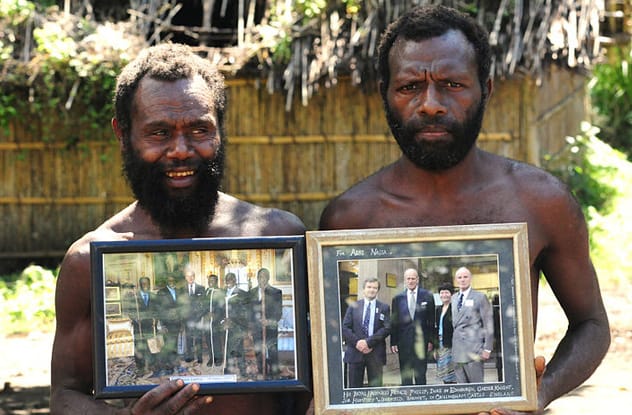
Remember John Frum and the cargo cult on Tanna? He’s not the only prominent figure to be deified by an island tribe. Prince Philip of the United Kingdom, husband of Queen Elizabeth II, gained the attention of villagers in Vanuatu in the 1960s.
Local colonial offices displayed his picture, and his life story happened to align with local myths about a white-skinned mountain god who would marry a powerful woman in a distant land. This led to the Prince Philip Movement, a cargo cult that worships him.
Unlike most others on this list, Prince Philip was not only aware of his followers but also engaged with them. He sent them autographed photos, including one of him with a ritual club they had gifted him. He even met some of them. Today, these photos and gifts are treasured items on the island, and his followers still await his prophesied return.
These stories show that the line between human and divine can sometimes blur in unexpected ways. Whether through fear, admiration, or misinterpretation, these individuals achieved a status most could never imagine.
What do you think about these accidental deities? Share your thoughts in the comments below!


